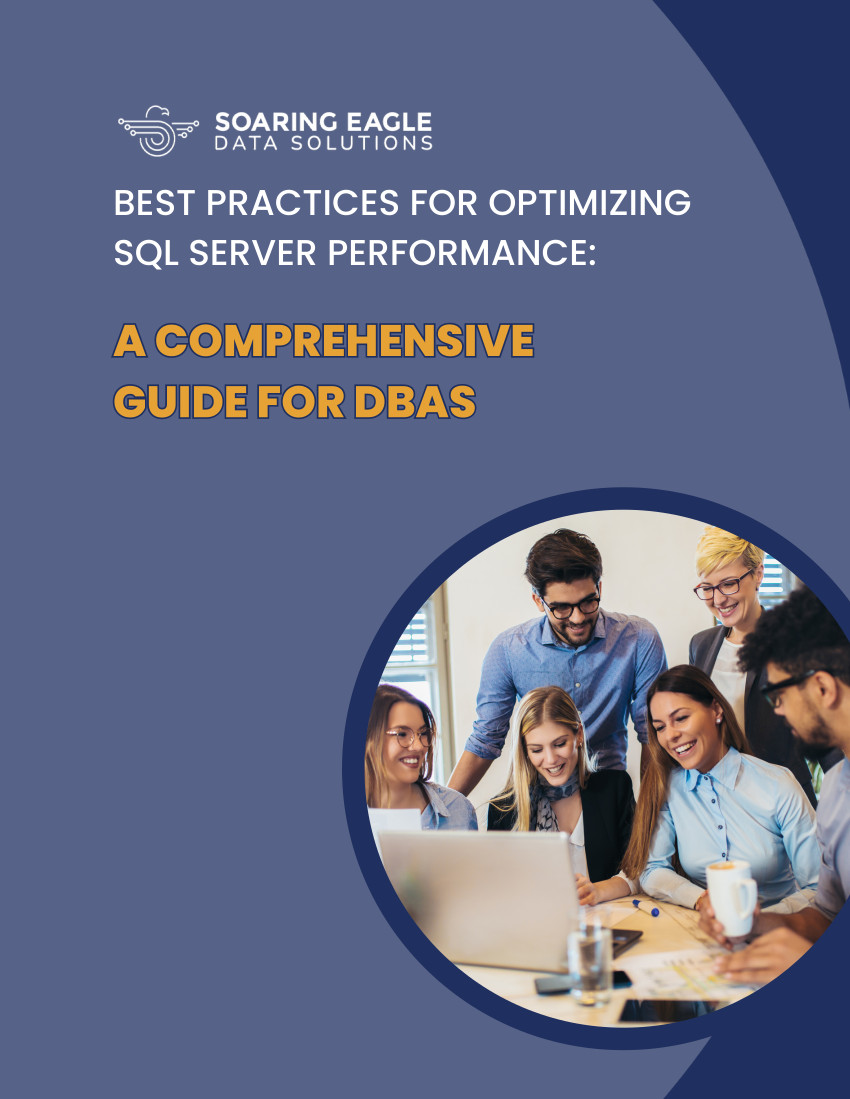This is part 4 of a 10 part series to start at the begining click here
TempDB Optimization
TempDB is a critical system database in SQL Server, often used for storing temporary data, sorting, and other intermediate results. Optimizing TempDB is essential for maintaining overall system performance. Database administrators (DBAs) should implement strategies to configure, monitor, and manage TempDB effectively.
intermediate results. Optimizing TempDB is essential for maintaining overall system performance. Database administrators (DBAs) should implement strategies to configure, monitor, and manage TempDB effectively.
4.1 Configuring TempDB
Proper configuration of TempDB involves considering its size, file layout, and growth settings:
- Sizing: Set an appropriate initial size for TempDB to prevent frequent auto-growth events. Monitor usage patterns to adjust sizing accordingly.
- File Layout: Distribute TempDB files across multiple disks to balance I/O operations and prevent contention. Consider the number of processor cores when determining the number of files.
- Auto-Growth Settings: Configure auto-growth settings based on anticipated usage. Regularly monitor and adjust these settings to avoid performance issues.
4.2 Monitoring TempDB Growth
Continuous monitoring of TempDB growth patterns is crucial for proactive management:
- Performance Counters: Utilize performance counters related to TempDB, such as user connections, version store size, and space usage, to identify potential issues.
- Alerts and Notifications: Implement alerts and notifications for abnormal TempDB growth or space utilization to address issues promptly.
- Query Activity: Monitor query activity that heavily utilizes TempDB, identifying and optimizing poorly performing queries.
4.3 Addressing Version Store Growth
Version store growth within TempDB can impact its performance. DBAs should:
- Isolation Levels: Adjust isolation levels in queries to manage version store usage effectively.
- Monitoring Version Store Size: Regularly monitor the size of the version store. Implement proactive measures, such as optimizing long-running transactions.
- Version Store Cleanup: Schedule regular cleanup tasks to remove unnecessary versions, preventing TempDB from reaching critical sizes.
By implementing effective strategies for configuring, monitoring, and managing TempDB, DBAs can ensure that this crucial system database operates optimally, contributing to the overall health and performance of the SQL Server environment. Continuous monitoring and adjustment of TempDB settings are essential for maintaining a responsive database system.
If you still need assistance, schedule your FREE 1 hour database review with our Database Consultant GURUs.
Click Here to get Started



